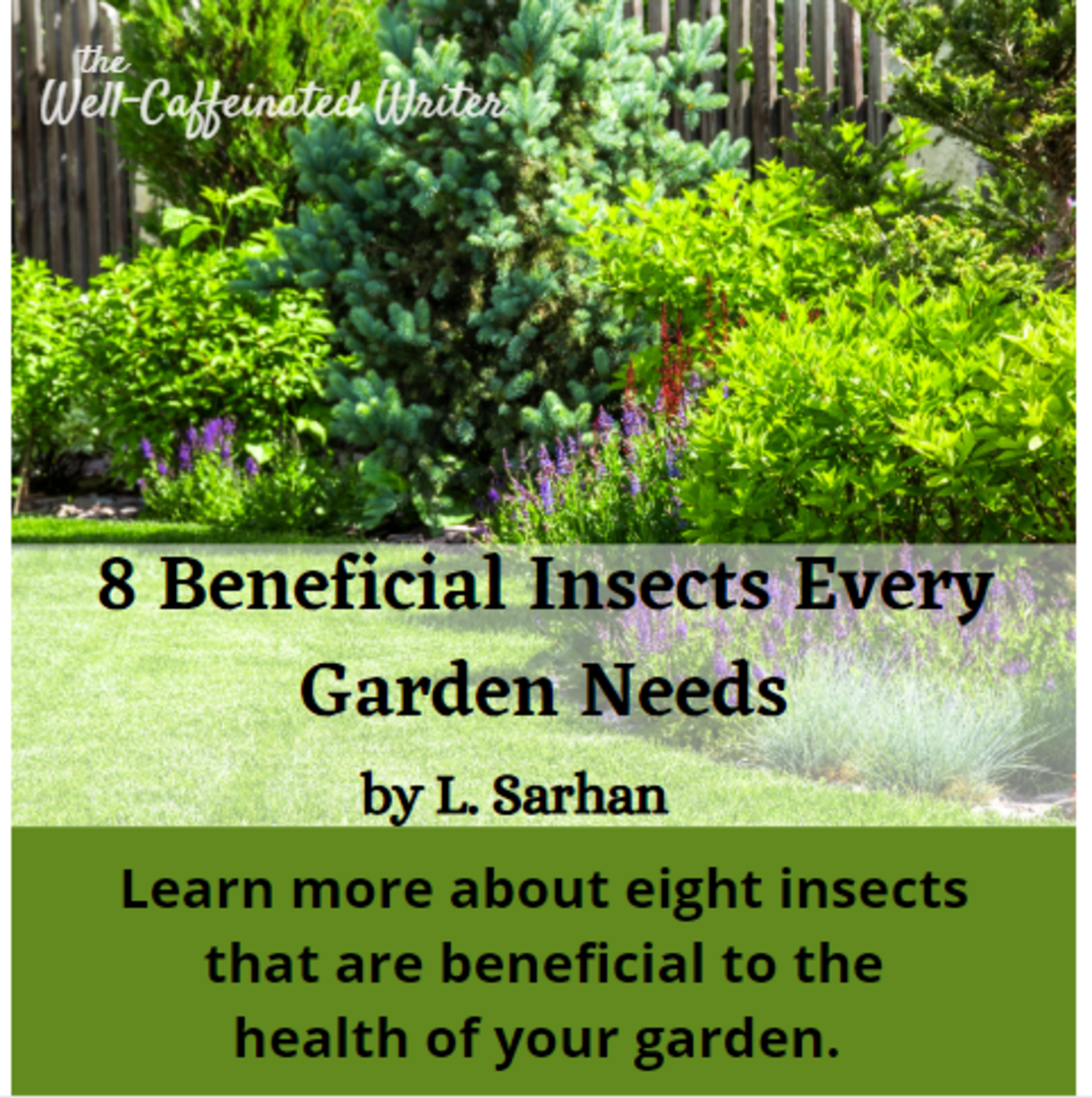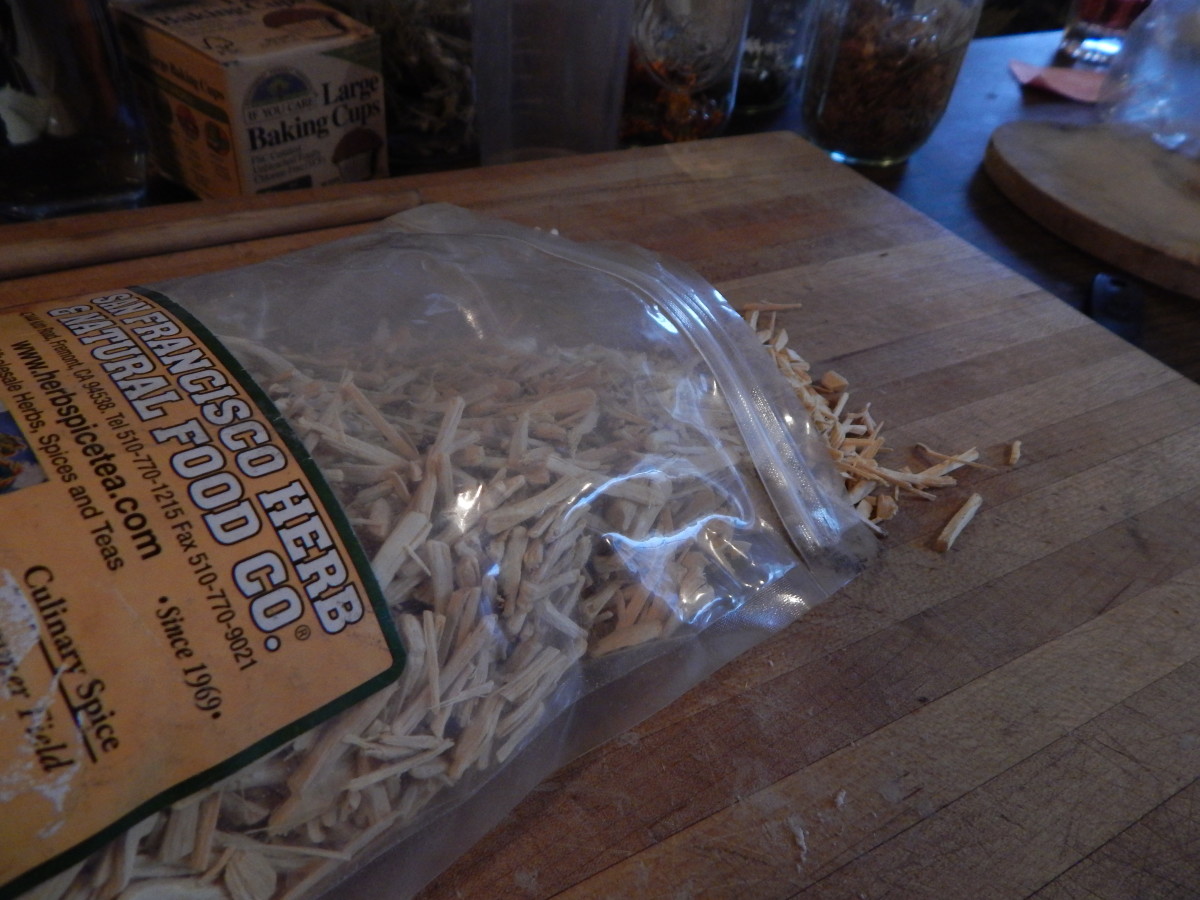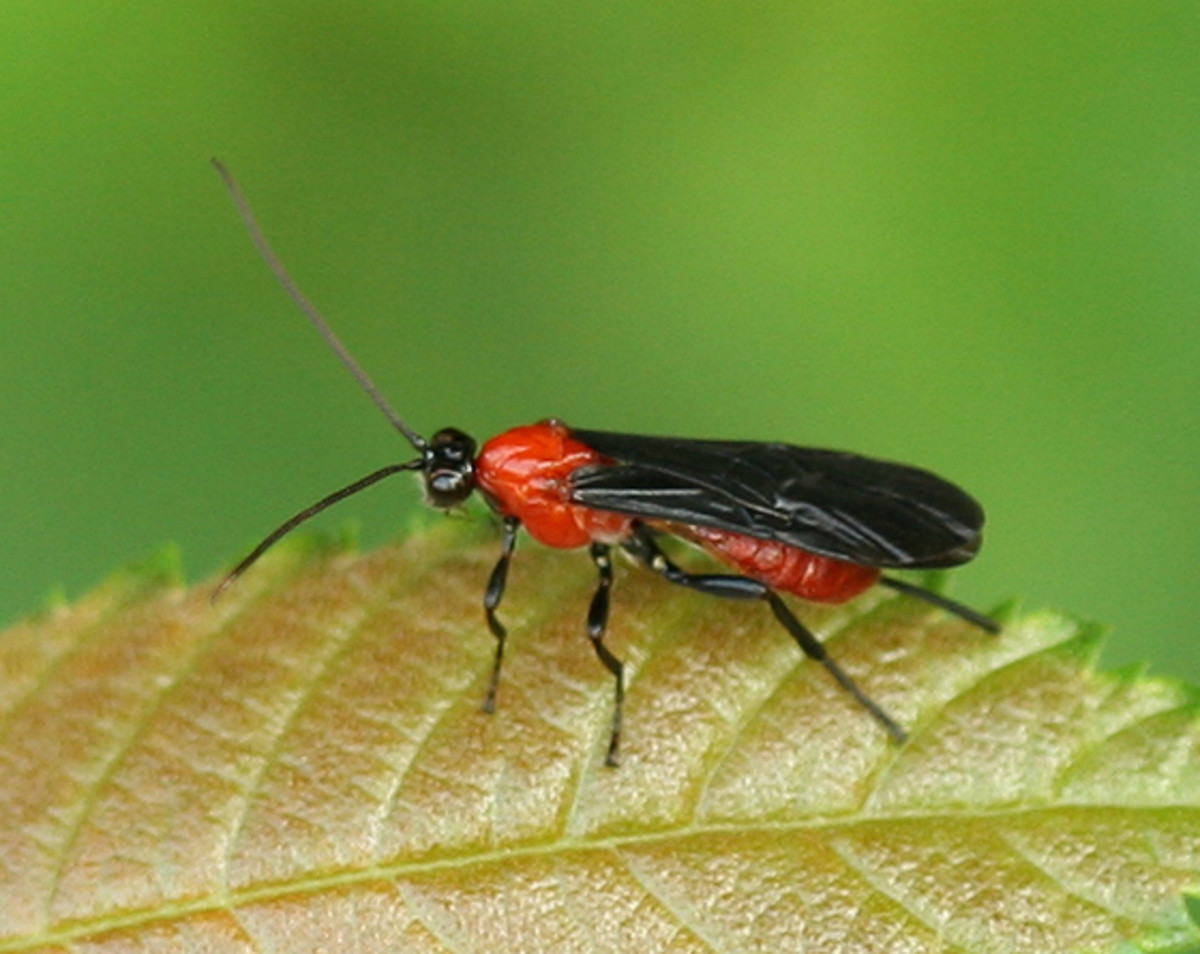Preventing Cutworms and Wireworms From Occurring in Your Turnip Garden

Turnips are a healthy and tasty root vegetable to eat, and if you have room in your garden, planting them yourself is an easy way to save on your vegetable bill at the grocery store. Growing healthy turnips in the ground and keeping up on the cultivation will help reduce many of the pests that like to eat them. Two types of worms that affect the turnip garden are cutworms and wireworms.
The first step in preventing wireworms and cutworms in the first place is to plant the vegetable garden in way that promotes healthy plants. Turnips can be sown in the spring to summer to fall: spring to early summer for the Northern parts and early fall for the South. Since they are one of the cool-weather crops that can be planted, those time frames are general for those areas.
Sow the turnip seeds about 1 to 2 inches apart in the garden rows. Later when the seedlings come up, you can thin out to 2 to 4 inches apart. Turnips like soil rich in organic matter, so mulching is essential. Watering on time and in the right amounts is necessary to keep the roots from getting woody and tough. The ground should never completely dry out.
When the seedlings have begun to grow and are established, a row covering can help the turnips from being eaten above, but remove when the warm weather hits. Soil that is fertile, well drained and picked over helps to keep them healthy below ground.
Cutworms and Wireworms
Cutworms are a known pest for turnips. Cutworm collars will help when used in the early stages of turnip growth. Wireworms are another pest for turnips. Cultivating the soil helps to destroy their larvae, as once they are laid they can spend years feeding on the garden and all the roots it can find.
If you suspect wireworms in your garden, you can set 'potato traps' around the turnips. By burying halves of potato around the turnip bed, you can check every other day for infestation. If there are any that appear, destroy them and set out more traps. Also, if you notice you do have these worms around your turnips, parasitic nematodes will help destroy many of the worms that like turnips.



